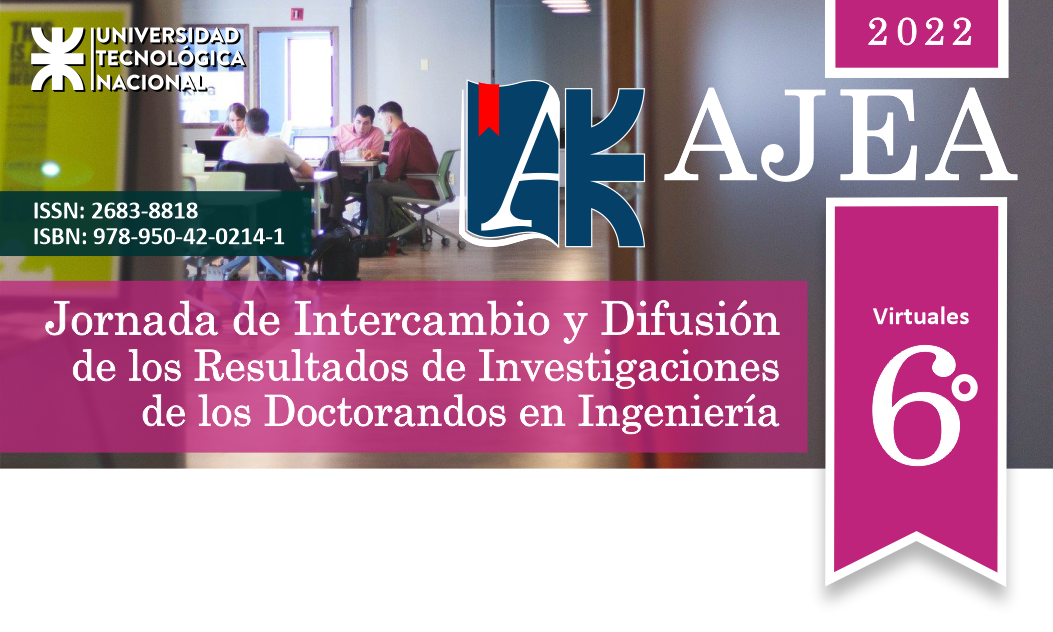Effect of H2O2 variation on the oxidation of trans-2-hexen-1-ol using V-MCM-41
DOI:
https://doi.org/10.33414/ajea.1096.2022Keywords:
mesoporous materials, oxidation, water, biomassAbstract
The results of the oxidation reaction of alcohol trans-2-hexen-1-ol using H2O2 as oxidant, acetonitrile as solvent and MCM-41 type materials as catalysts was estudied. Solids with vanadium were synthesized and characterized by specific area, XRD, UV-Vis RD and ICP. The materials presented a high area and the characteristic structural arrangement of the MCM-41 family. The catalytic evaluation showed that the best alcohol molar conversions were achieved with V-MCM-410(0.17%) and with a substrate/oxidant molar ratio: 4/1. As the concentration of the oxidant increased, the molar conversions of alcohol was decreased as a consequence of the water increase in the medium. This could be explained by the preferential adsorption of water on the centers of vanadium and by the proportional relationship observed between the leachate and the water. Thus, applying a 4/1 molar ratio, trans-2-hexen-1-ol conversions close to 15% were achieved with selectivities of 50.42 mol%, 47.85 mol% and 1.72 mol% for 2-hexanal, 2,3-epoxyhexanol and trans-2-hexenoic acid, respectively.










